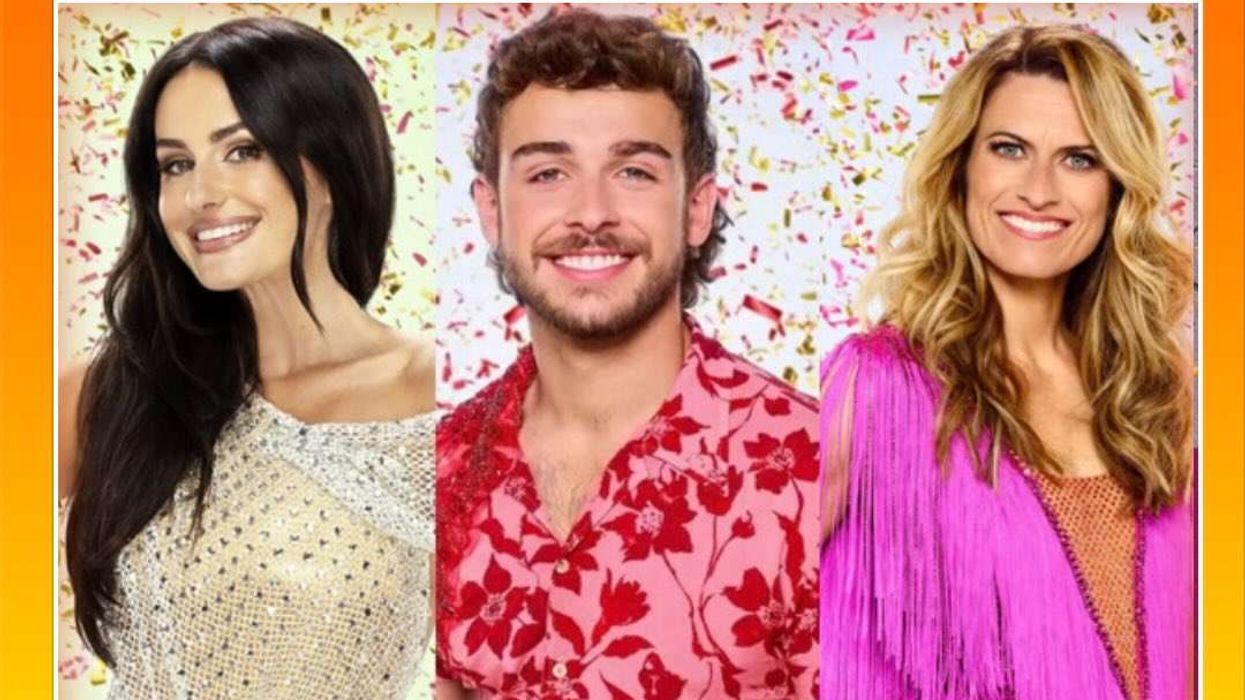Regular long-term running during middle age has been found to assist in connecting newly generated neurons to a network crucial for maintaining episodic memory as we age.
Episodic memory involves remembering past experiences and their associated details like time, place, and emotions.
The study, published in the journal eNeuro, was conducted by researchers from Florida Atlantic University (FAU), US, and the Centre for Research and Advanced Studies (CINVESTAV), Mexico.
They believe that their findings provide valuable insights into the benefits of exercise and should encourage adults to stay physically active throughout their lives, especially during middle age.
As we age, cognitive decline is often accompanied by a reduction in the volume of the hippocampus, a region of the brain responsible for learning and memory.
This decline in memory function is also linked to the weakening of connections between the perirhinal and entorhinal cortex, essential for pattern separation and contextual and spatial memory, with the hippocampus.
The study revealed that long-term running not only significantly increased the number of adult-born neurons but also improved the recruitment of specific cortical cells to their network.
This means that running not only restored connectivity in the perirhinal cortex but also increased and modified the involvement of the entorhinal cortices in the network of old adult-born neurons.
To conduct the study, researchers focused on the effects of long-term running on a network of new hippocampal neurons generated in young adult mice during middle age.
The results showed that running throughout middle age kept the old adult-born neurons connected, potentially preventing, or delaying memory loss and neurodegeneration associated with ageing.
Adult-born neurons are believed to contribute to memory function and display increased synaptic plasticity during a critical period of three to six weeks after their generation.
Although these neurons remain present for many months, it was unclear whether those born in early adulthood remain integrated into neural networks and if their circuitry can be influenced by physical activity in middle age.
To address these questions, researchers used a unique method involving a rabies virus-based circuit tracing approach.
They labelled the adult-born neurons with a fluorescent reporter vector and analysed their neural circuitry in rodents after a considerable time lapse.
More than six months after the labeling, the researchers identified and quantified the direct inputs to these adult-born neurons within the hippocampus and cortical areas when the mice reached middle age.
"Long-term exercise profoundly benefits the aging brain and may prevent aging-related memory function decline by increasing the survival and modifying the network of the adult-born neurons born during early adulthood, and thereby facilitating their participation in cognitive processes," said Henriette van Praag, corresponding author, an associate professor of biomedical science in FAU.
"Long-term running may enhance pattern separation ability, our ability to distinguish between highly similar events and stimuli, a behaviour closely linked to adult neurogenesis, which is among the first to display deficits indicative of age-related memory decline," said Carmen Vivar, corresponding author, Department of Physiology, Biophysics and Neuroscience, Centro de Investigacion y de Estudios Avanzados del IPN in Mexico.
"We show that running also substantially increases the back-projection from the dorsal subiculum onto old adult-born granule cells," said van Praag. "This connectivity may provide navigation-associated information and mediate the long-term running-induced improvement in spatial memory function."
"Our study provides insight as to how chronic exercise, beginning in young adulthood and continuing throughout middle age, helps maintain memory function during aging, emphasising the relevance of including exercise in our daily lives," said Vivar.
(With inputs from PTI & Neuroscience News)












